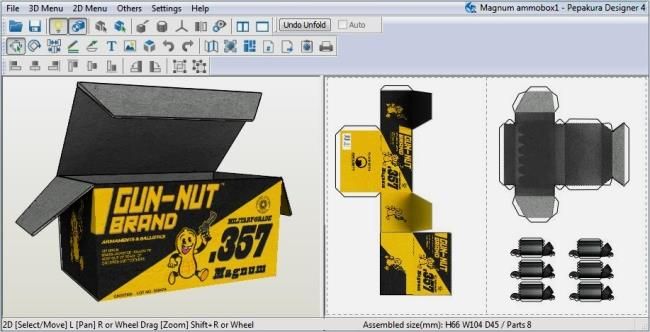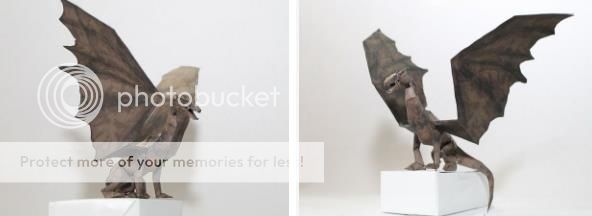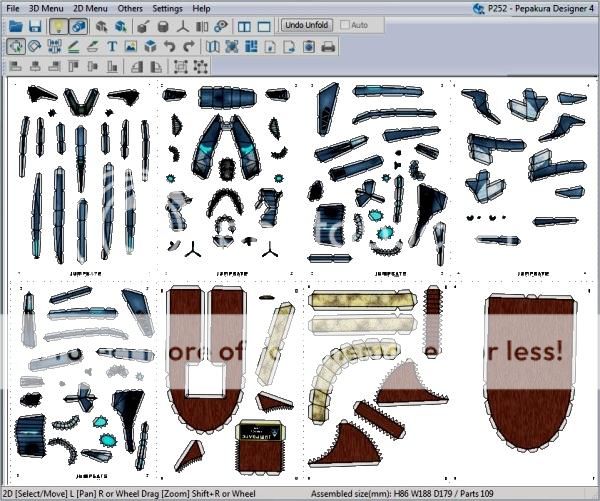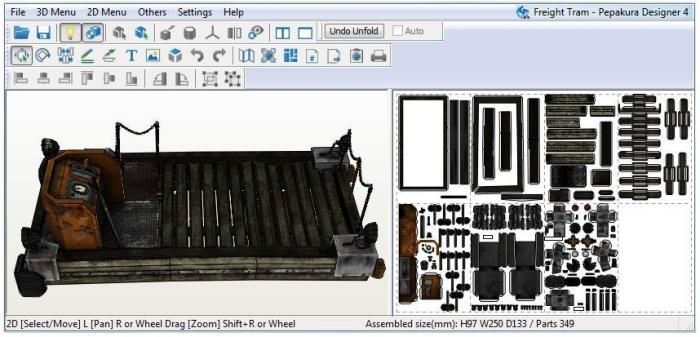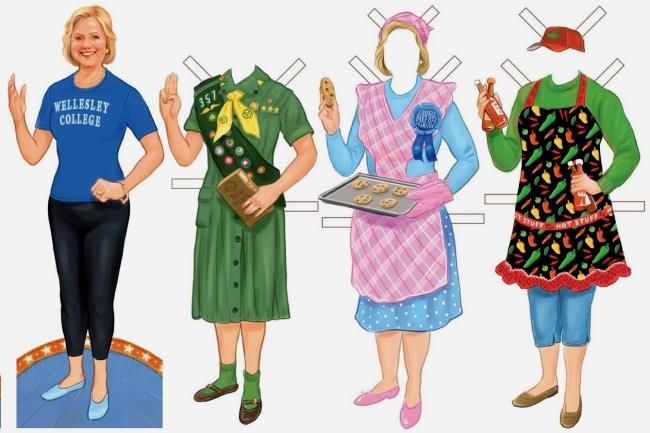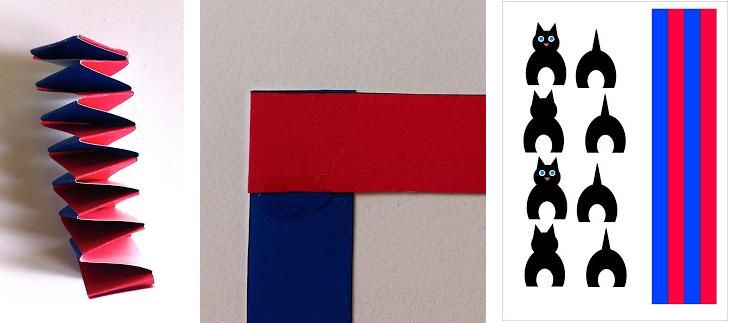By Japanese designer Lazy Life, here is the paper model version in 1/72 scale of the WW2`s German Tank Tiger I. Tiger I is the common name of a German heavy tank developed in 1942 and used in World War II. The final official German designation was Panzerkampfwagen Tiger Ausf, often shortened to Tiger. It was an answer to the unexpectedly formidable Soviet armour encountered in the initial months of Operation Barbarossa, particularly the T-34 and the KV-1. The Tiger I design gave the Wehrmacht its first tank mounting the 88 mm gun, which had previously demonstrated its effectiveness against both air and ground targets. During the course of the war, the Tiger I saw combat on all German battlefronts. It was usually deployed in independent tank battalions, which proved to be quite formidable. The tank was given its nickname Tiger listen by Ferdinand Porsche, and the Roman numeral was added after the later Tiger II entered production. The initial official German designation was Panzerkampfwagen VI Ausführung H (‘Panzer VI version H’, abbreviated PzKpfw VI Ausf. H), but the tank was redesignated as PzKpfw VI Ausf. E in March 1943. It also had the ordnance inventory designation SdKfz 181. Today, only a handful of Tigers survive in museums and exhibitions worldwide. Perhaps the most notable specimen is the Bovington Tank Museum's Tiger 131, currently the only one restored to running order. - Wikipedia
Do designer japonês Lazy Life, eis aqui a versão em papel na escala 1/72 do Tanque Alemão da Segunda Grande Guerra, o Tiger I. O PZKPFW VI, conhecido como Tiger e sua variação o Tiger II ou Tigre Real, foi o fruto do projeto entre os concorrentes Porsche and Henschel, encomendado pelo governo alemão,devido à necessidade de um blindado que fosse um rival à altura do T-34, que era muito superior aos Panzer III e IV. O modelo de Henschel foi o escolhido depois de uma série de competições e acabou sendo encomendado pelo governo alemão. A especificação exigia que o tanque tivesse capacidade para passagem de rios com profundidade até 4 metros e por isso os primeiros 495 veículos tinham essa capacidade, a qual deixou de ser incluida para aumentar o ritmo de produção. Suas principais vantagens estavam na potencia do canhão de 88 milímetros, capaz de destruir qualquer carro de combate da época, e na sua blindagem, a qual suportava impactos de diversos tipos de canhões de alto calibre, porém suas desvantagens apareceram em sua baixa velocidade e curto alcance, sua caixa de cambio apresentava problemas com frequência, imobilizando o tanque, diversos TIGER foram destruidos pela própria tripulação, quando imobilizados por problemas mecânicos, mesmo com essas dificuldades, o único tanque capaz de impor-se ao TIGER foi o T34 soviético, o qual provocou grandes duelos entre tanques, como na batalha de KURSK, onde grande quantidade de tanques T34 e TIGER degladiaram-se. - Wikipedia
Link: WW2`s.German.Tank.Tiger.I.Paper.Model.In.1/25.Scale.by.Lazy.Life
More WW2 Military Vehicles related posts:
WW2`s Ammunition Transporter T-1A - by Paper Hobby
WW2`s Tank Sherman M4A3 In 1/100 Scale - by Rawen
Jeep Wilyis MB In 1/72 Scale - by Exclusive Models
Carden Loyd Tankette Paper Model - by Zio Prudenzio











